
Flash Facebook Cookbook
¥90.46
Written in a cookbook style, this book offers solutions using a recipe-based approach. Each recipe contains step-by-step instructions followed by an analysis of what was done in each task and other useful information. This Cookbook is targeted towards those with at least a basic understanding of the Flash Builder IDE and the Flex framework. No prior knowledge of the Facebook APIs is assumed or required. If you want to start building Flash Facebook apps quickly and effectively this is the book for you.
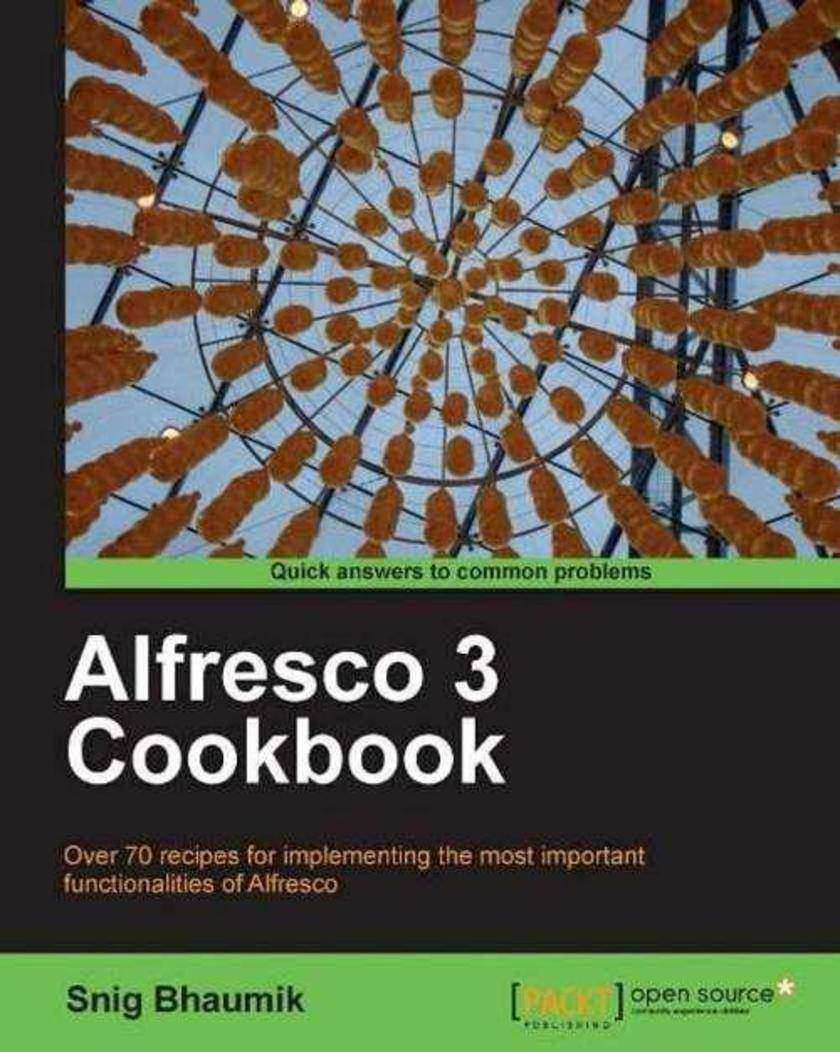
Alfresco 3 Cookbook
¥107.90
Written in a cookbook style, this book offers solutions using a recipe based approach. Each recipe contains step-by-step instructions followed by an analysis of what was done in each task and other useful information. If you are a software developer interested in content management systems, who wants to work with Alfresco or is already experienced in Alfresco, this cookbook will get you up and running quickly. If you want rapid implementation of Alfresco’s most important and effective features then this is the cookbook for you.
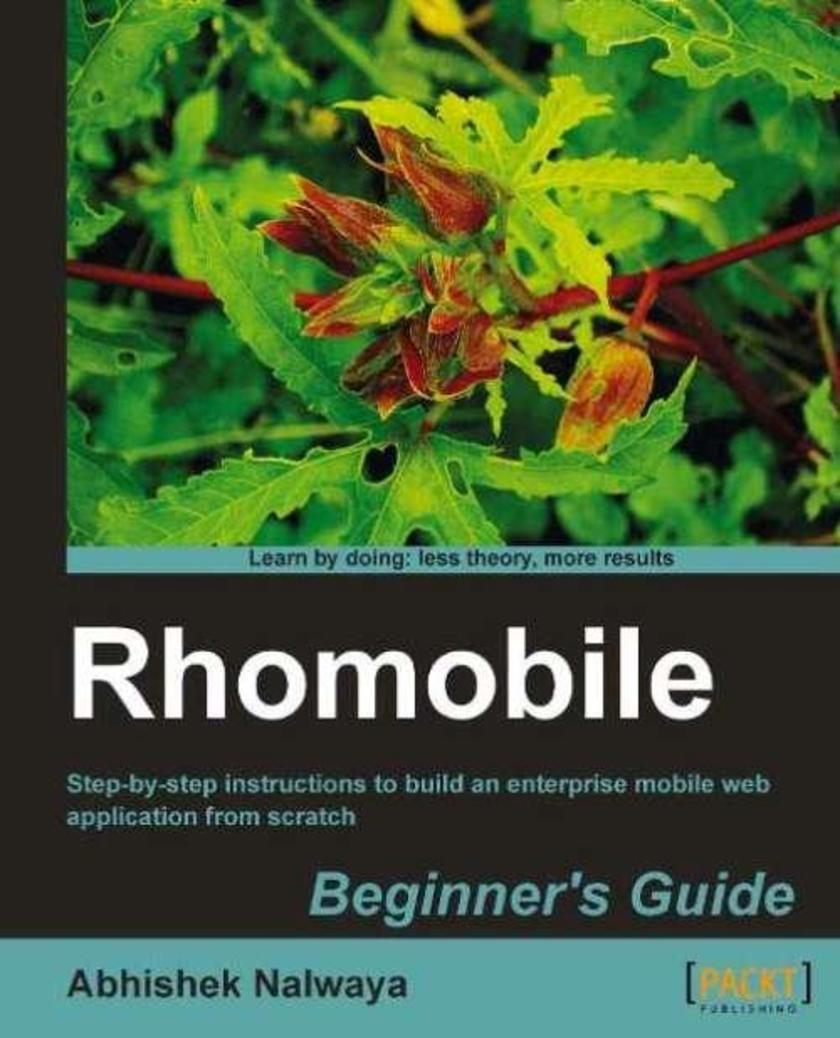
Rhomobile Beginner's Guide
¥80.65
Part of Packt's Beginner's Guide series, this book is packed full of practical examples and screenshots to make building your application straightforward and fun. Whether you have prior experience of developing mobile applications or this is your first venture, all newcomers to Rhomobile will be able to quickly develop their own mobile application. This book is accessible for people who are completely new to Ruby, though having prior knowledge of it would be a huge advantage.
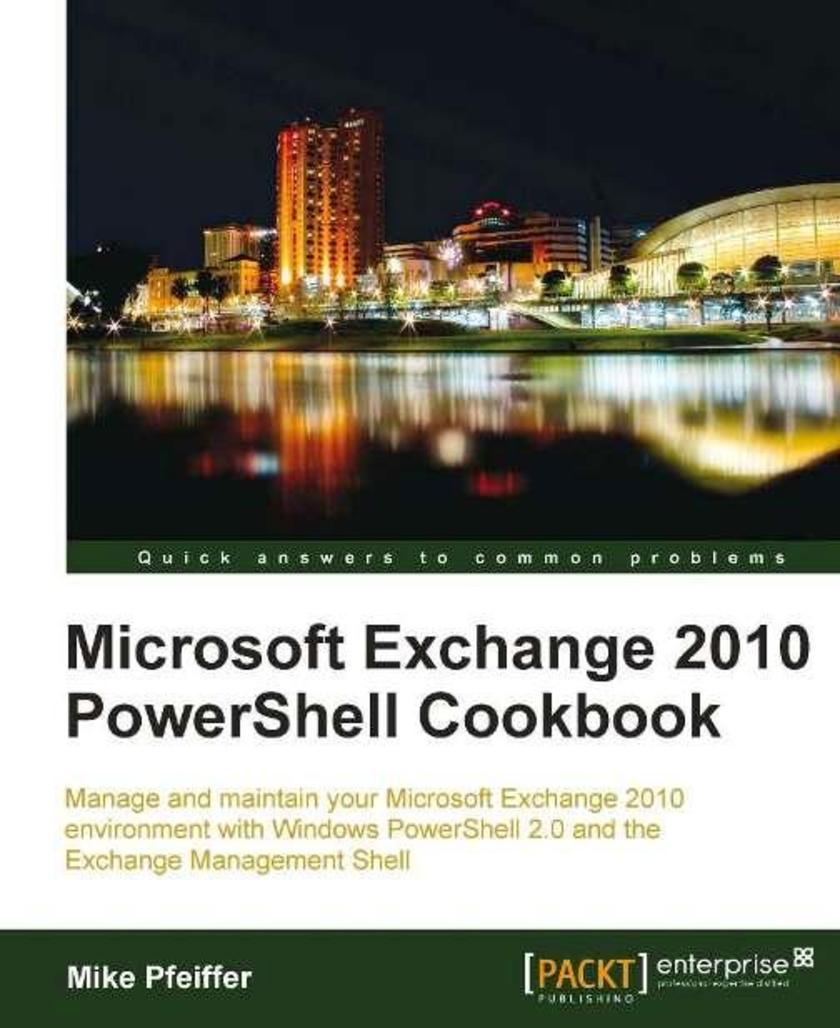
Microsoft Exchange 2010 PowerShell Cookbook
¥107.90
This book is written in a cookbook-style format and provides practical, immediately usable task-based recipes that show you how to manage and maintain your Microsoft Exchange Server 2010 environment with Windows PowerShell 2.0. Each chapter of the book is written so that it can be used as a desktop reference, or it can be read from beginning to end, allowing you to build a solid foundation for building *s in your Exchange environment. This book is for messaging professionals who want to learn how to build real-world *s with Windows PowerShell 2.0 and the Exchange Management Shell. If you are a network or systems administrator responsible for managing and maintaining Exchange Server 2010, then this book is for you. The recipes in this cookbook touch on each of the core Exchange 2010 server roles and require a working knowledge of supporting technologies including Windows Server 2008 or Windows Server 2008 R2, Active Directory, and DNS. This book covers the latest additions to Exchange Server 2010 including Service Pack 1. A basic understanding of Exchange Server 2010 and Windows PowerShell 2.0 is highly recommended.
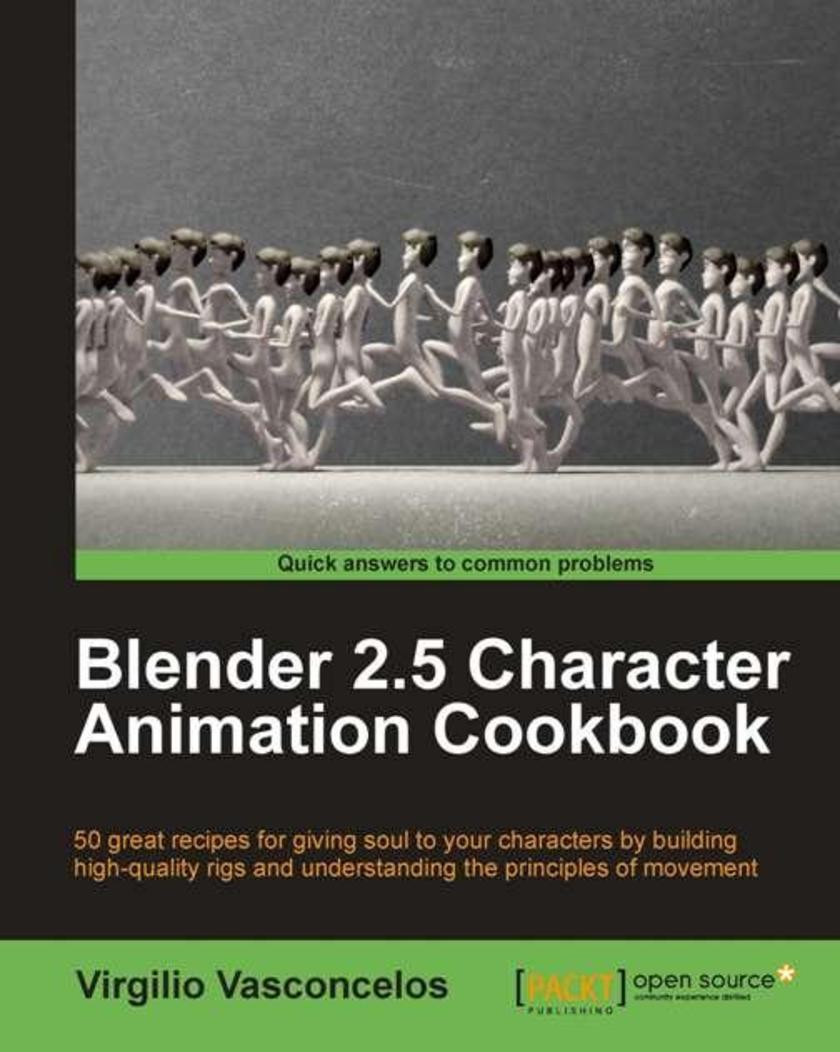
Blender 2.5 Character Animation Cookbook
¥80.65
Part of Packt's Cookbook series, each chapter focuses on a different aspect of animation. If you don't have the time to work your way through a long tutorial, then this is the book for you. The step-by-step recipes are independent from each other so you can dip in and out of the book to add great effects as and when you need them. Blender users who already know the basics of adding, modeling and rendering objects within the program, but are eager to learn how to turn a character's mesh into a living creature.

Mastering SQL Queries for SAP Business One
¥99.18
This is a practical guide providing comprehensive solutions for SQL query problems, and is full of concrete real-world examples to help you create and troubleshoot your SQL queries in SAP Business One. If you are a system administrator who uses SQL query as your tool of choice for solving specific problems throughout SAP Business One, then this book is for you. It may also be useful if you are a developer or consultant using this technology, and can benefit end users by improving your search for important business information. A rudimentary knowledge of SAP Business One and SQL Server is required to use this book efficiently. Examples covered are relevant to SBO 2007A users, for which the 8.8 release is mostly compatible. All SQL query examples within the book are verified under SQL Server 2005, so they are guaranteed to run under this release, in addition to SQL Server 2008. Non-SAP Business One users can also gain knowledge from the many examples throughout the book. It is hard to find another book with so many SQL query examples.
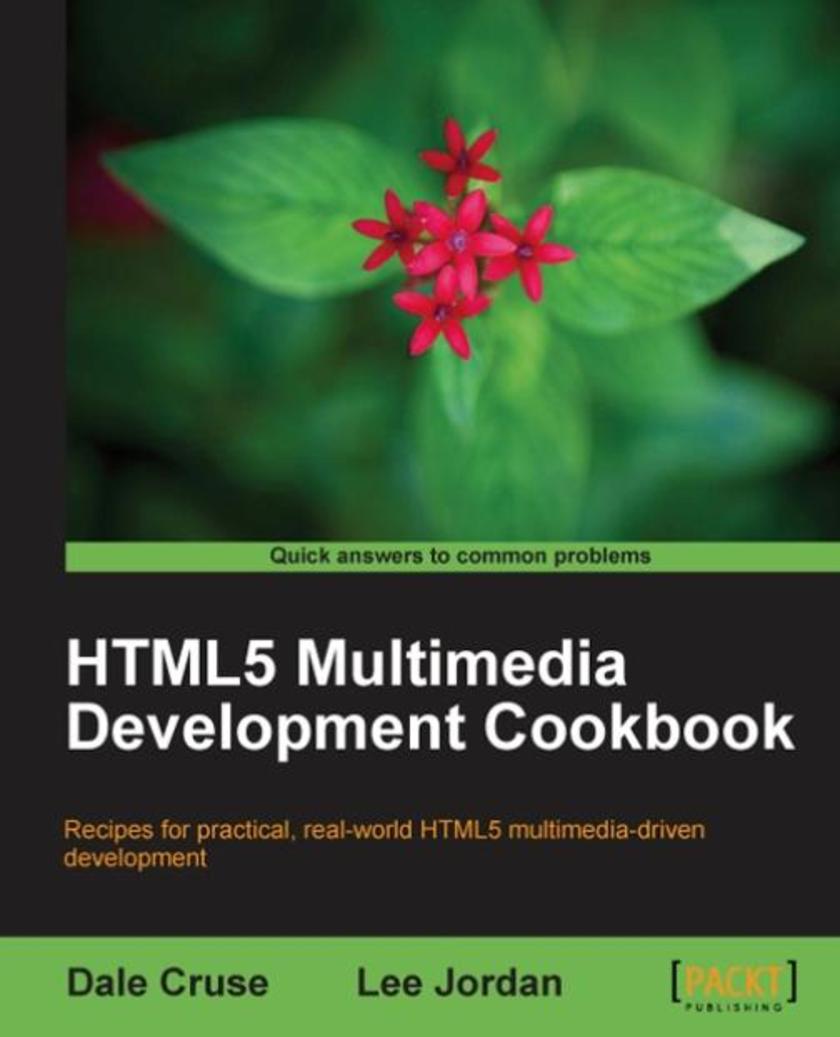
HTML5 Multimedia Development Cookbook
¥71.93
Written in a cookbook style, this book offers solutions using a recipe based approach. Each recipe contains step-by-step instructions followed by an analysis of what was done in each task and other useful information. Web developers who value the need to stay ahead of the game. This cookbook will give you the edge with practical recipes for wielding this new technology immediately.
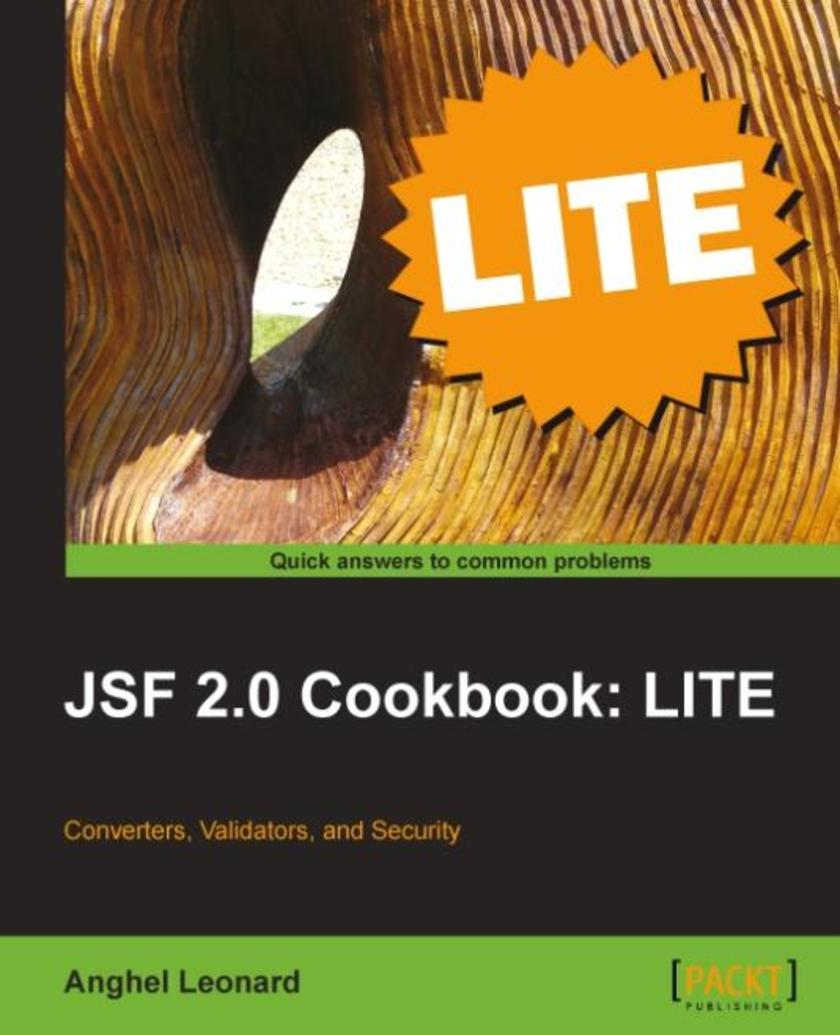
JSF 2.0 Cookbook: LITE
¥35.96
JSF developers who want to work with validators, converters and security features of JSF. You don’t need any prior knowledge of JSF to use these recipes.
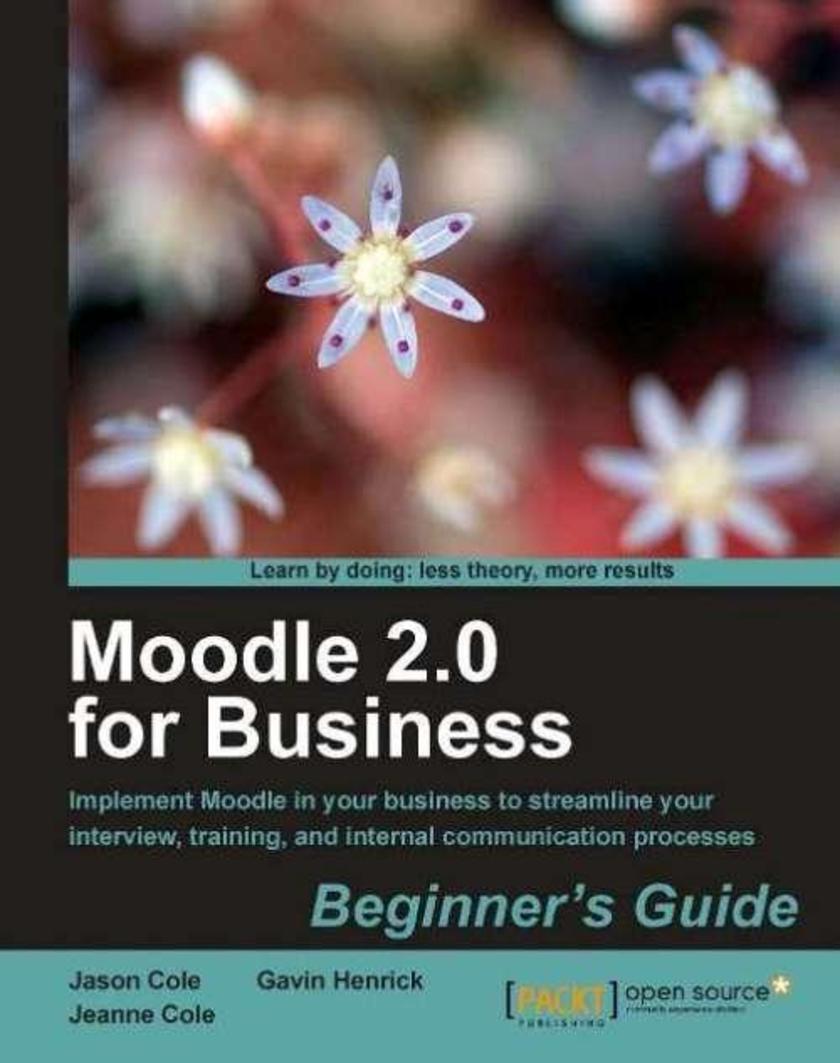
Moodle 2.0 for Business
¥90.46
Part of Packt's Beginner's Guide series, each chapter looks at a different aspect of using Moodle in a business environment, and steadily guides the reader through setting Moodle up in their own business with the help of practical examples, accompanied by lots of screenshots. Each chapter also includes case studies from well-known companies that have already implemented Moodle. If you are responsible for training, recruitment, or maintaining any guidelines within your company, then this book is for you. No previous experience with Moodle is necessary as the examples are easy to follow
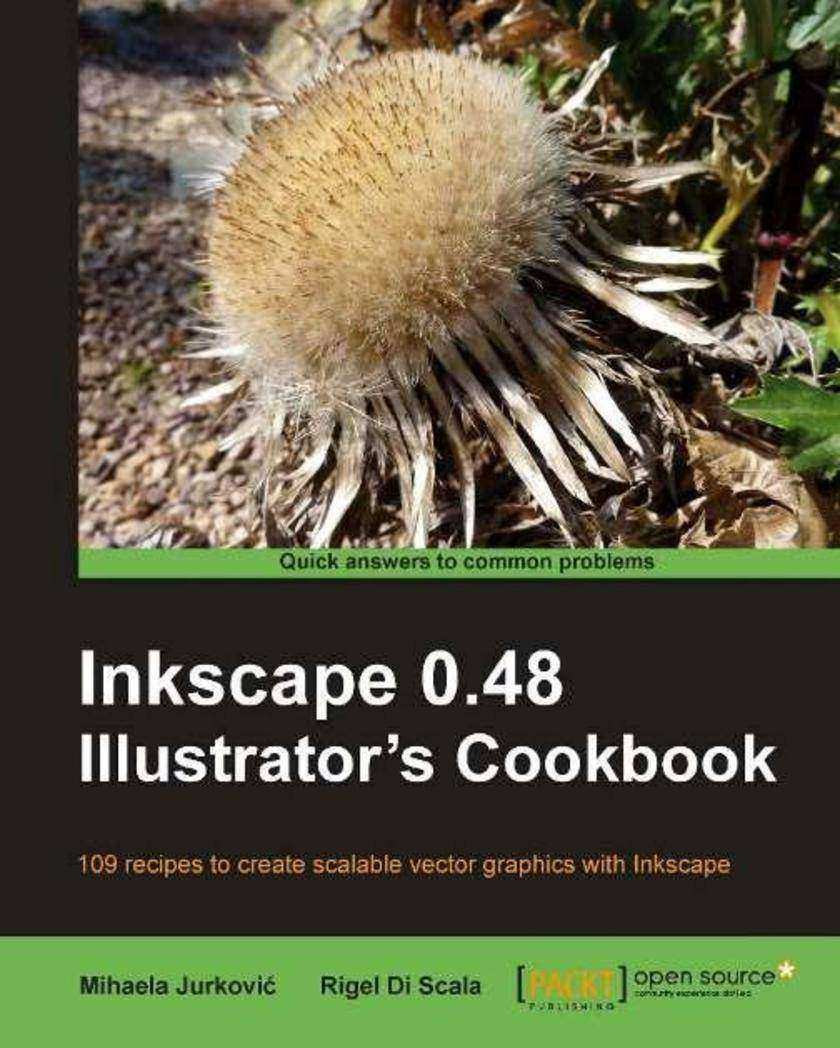
Inkscape Illustrator's Cookbook
¥80.65
Each recipe comprises step-by-step instructions followed by an analysis of what was done in each task and other useful information. The book is designed so that you can read it chapter by chapter, or look at the list of recipes and refer to them in no particular order. It is packed with useful screenshots to make your learning even easier. This book is written for both beginners and developers who have a basic knowledge of Inkscape. With this book illustrators who have just started using Inkscape can quickly dive into the world of Inkscape and graphics editing. Software developers and web designers can learn how to create graphics for their software on their own or build SVG and other web-based interfaces. Users of other graphics editing applications can find out how Inkscape can be used as an alternative to solve common graphics problems.
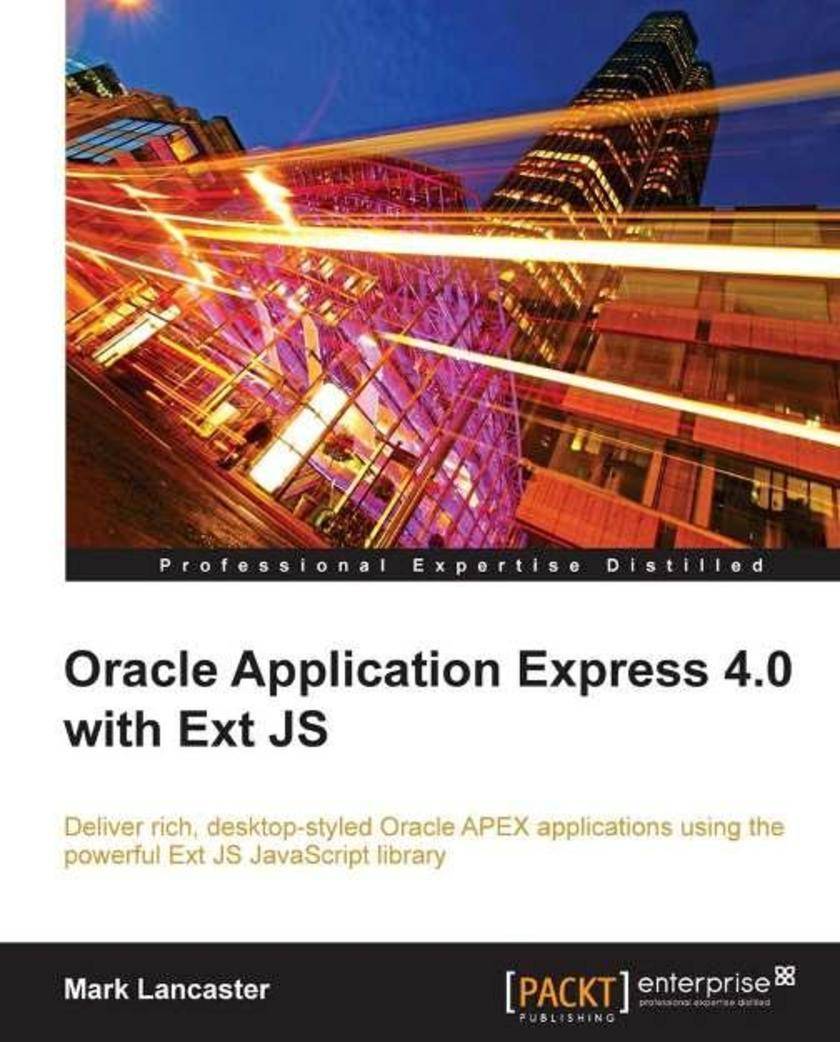
Oracle Application Express 4.0 with Ext JS
¥99.18
This book is written in a clear conversational style, which emphasizes a practical learn-by-doing approach. This step by step guide has illustrative examples to implement Ext JS library features in your Oracle APEX applications If you are an Oracle APEX application developer who wants to take APEX applications to the next level by taking advantage of Ext JS features, this book is for you. Prior knowledge of Oracle APEX is required, however, no prior knowledge of Ext JS is required.
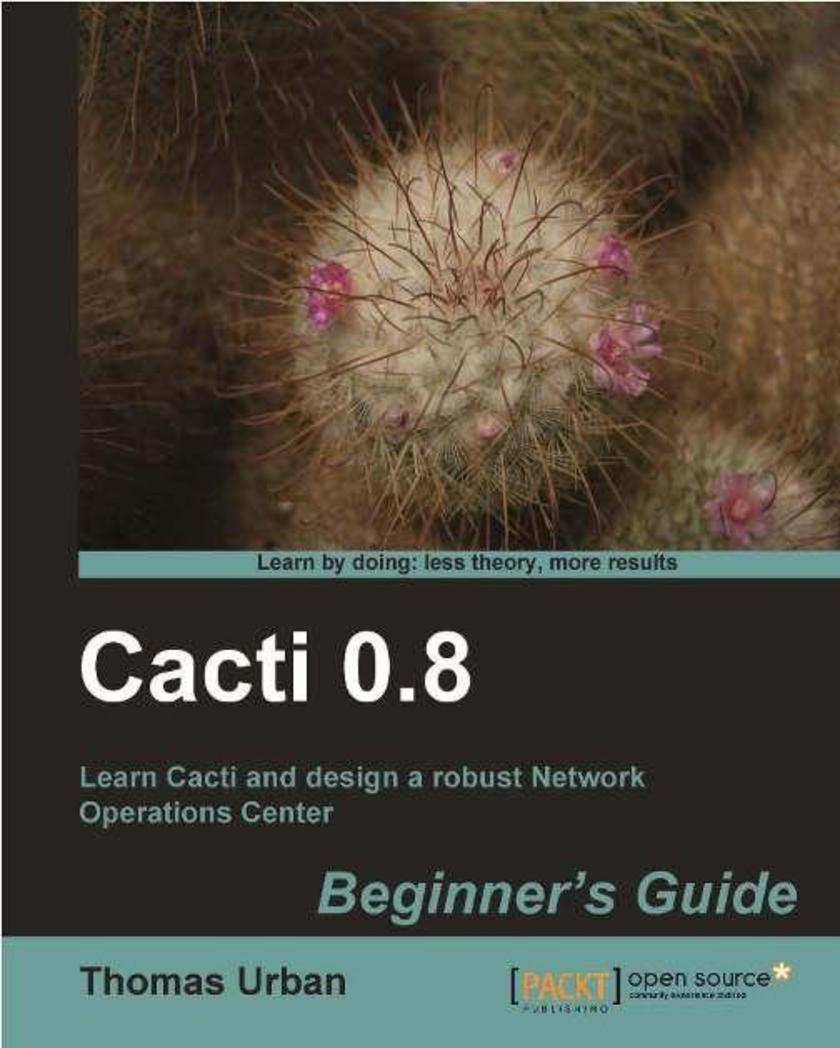
Cacti 0.8 bEginners Guide
¥80.65
Written for beginners to Cacti, this book contains step-by-step instructions and hands-on tutorials for network operators to learn how to implement and use the core Cacti functions. The book is designed in such a way that you can explore it chapter-by-chapter or skip any chapter without missing a beat. If you are a network operator and want to use Cacti for implementing performance measurement for trending, troubleshooting, and reporting purposes, then this book is for you. You only need to know the basics of network management and SNMP.
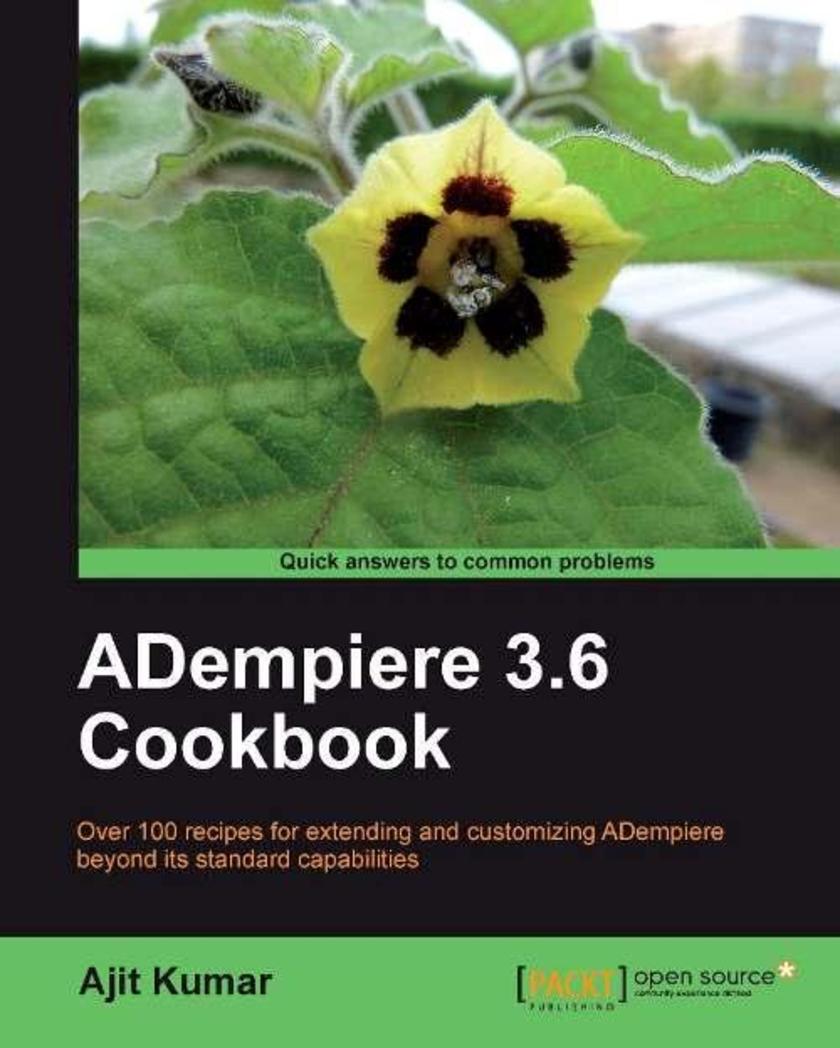
ADempiere 3.6 Cookbook
¥107.90
Written in a cookbook style, this book offers solutions using a recipe-based approach. Each recipe contains step-by-step instructions followed by an analysis of what was done in each task and other useful information. The cookbook approach means you can dive into whatever recipes you want in no particular order.If you want to easily implement ADempiere in your organization, this book is for you. This book will also be beneficial to system users and administrators who wish to implement an ERP system. Only basic knowledge of ADempiere is required. This cookbook will build on that basic knowledge equipping you with the intermediate and advanced skills required to fully maximize ADempiere. A basic knowledge of accounting and the standard business workflow would be beneficial.
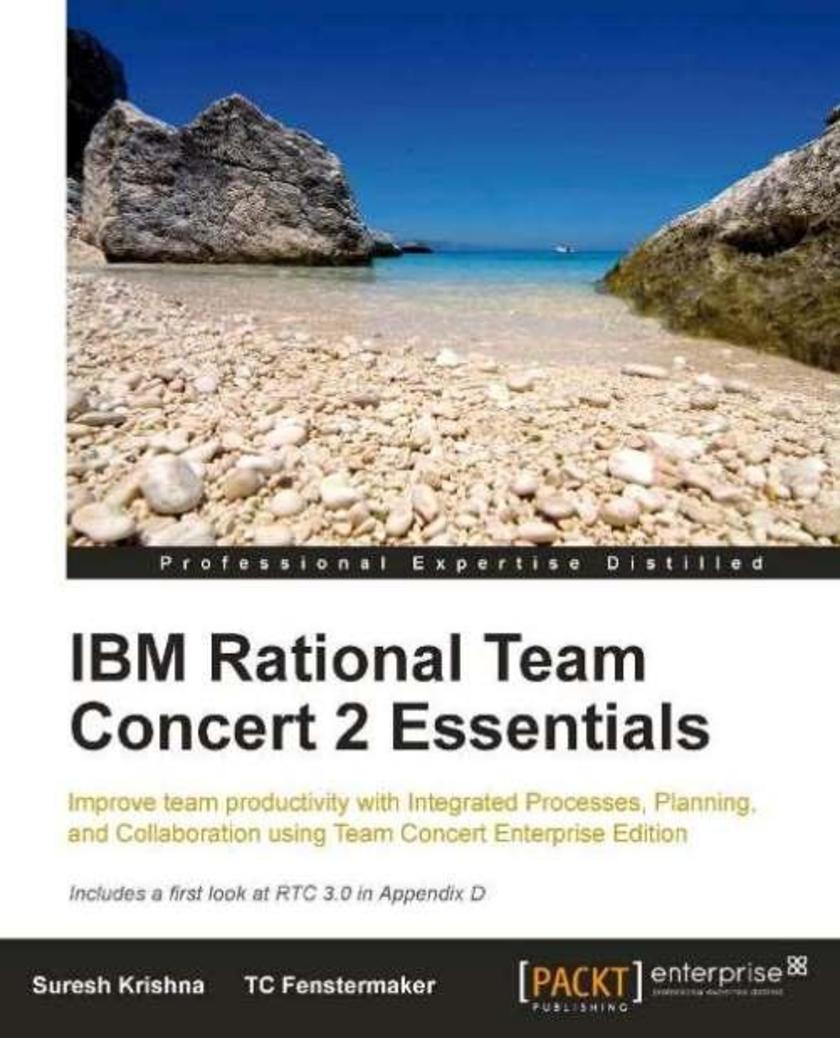
IBM Rational Team Concert 2 Essentials
¥99.18
With their straightforward style, Suresh Krishna and TC Fenstermaker have put their years of experience and motivation into this practical guide that assists in finding an integrated approach to increased team productivity. The numerous tips, notes, and suggestions strengthen your grasp of fundamentals and the foundation upon which you are ready to build your customized Rational Team Concert application. Ample screenshots make sure that you get the configurations correct the first time. A real-world Book Manager Application walks you through all the core features of the Rational Team Concert during different phases of development and release. If you are a Project Manager or a Team Member, who would like to find an integrated approach to deal with modern software development challenges, you should read this book. Or if you are someone who likes to stay one step ahead in team management, you have got the right choice here.
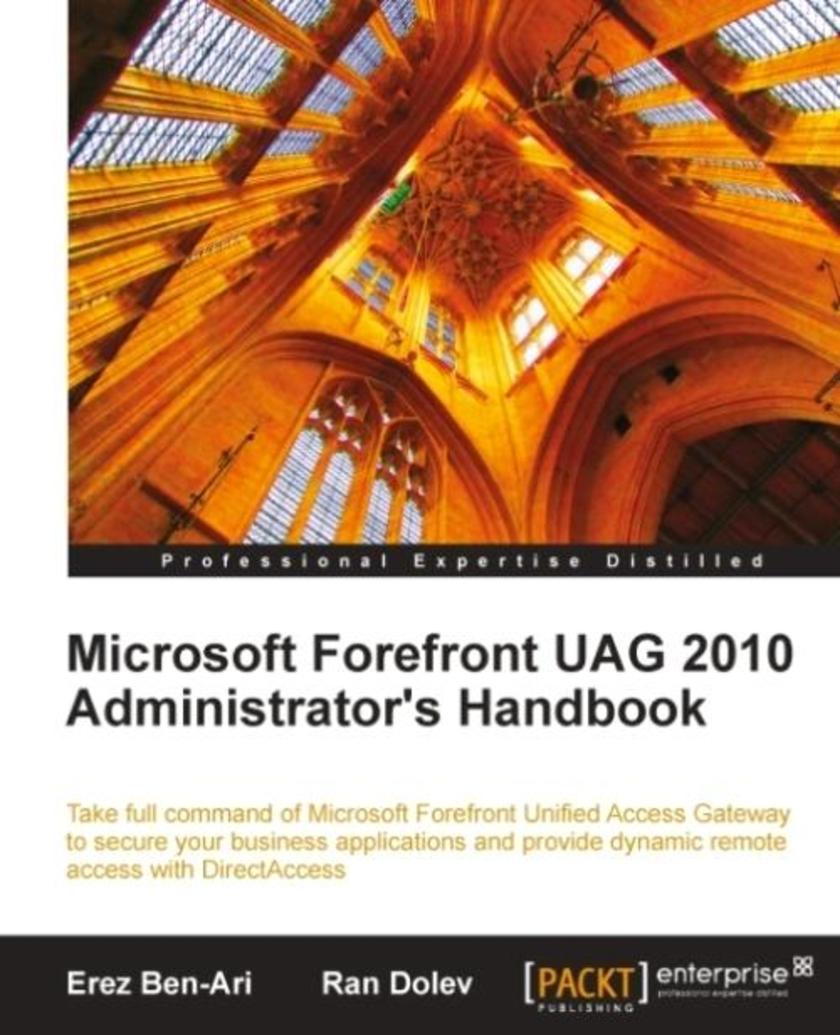
Microsoft Forefront UAG 2010 Administrator's Handbook
¥107.90
This book is a hands-on guide, describing concepts, ideas and terminology related to UAG and related technologies. The book starts with a discussion of terms that UAG technology is based on, and proceeds with step-by-step guidance for performing the various tasks related to UAG's core features. Each topic is preceded by a discussion of considerations that the administrator and the organization needs to go through to prepare for the task at hand, and includes plenty of screenshots illustrating what the administrator should expect to see on-screen, with real-life examples of configuration options. If you are a Networking or Security engineer who intends to integrate UAG into the organization network, then this book is for you. You need no experience with UAG or its predecessors, though basic understanding of Networking and Windows Server management and engineering is required. Experience with security systems like Firewalls would also help you to better understand some of the topics covered by this book.
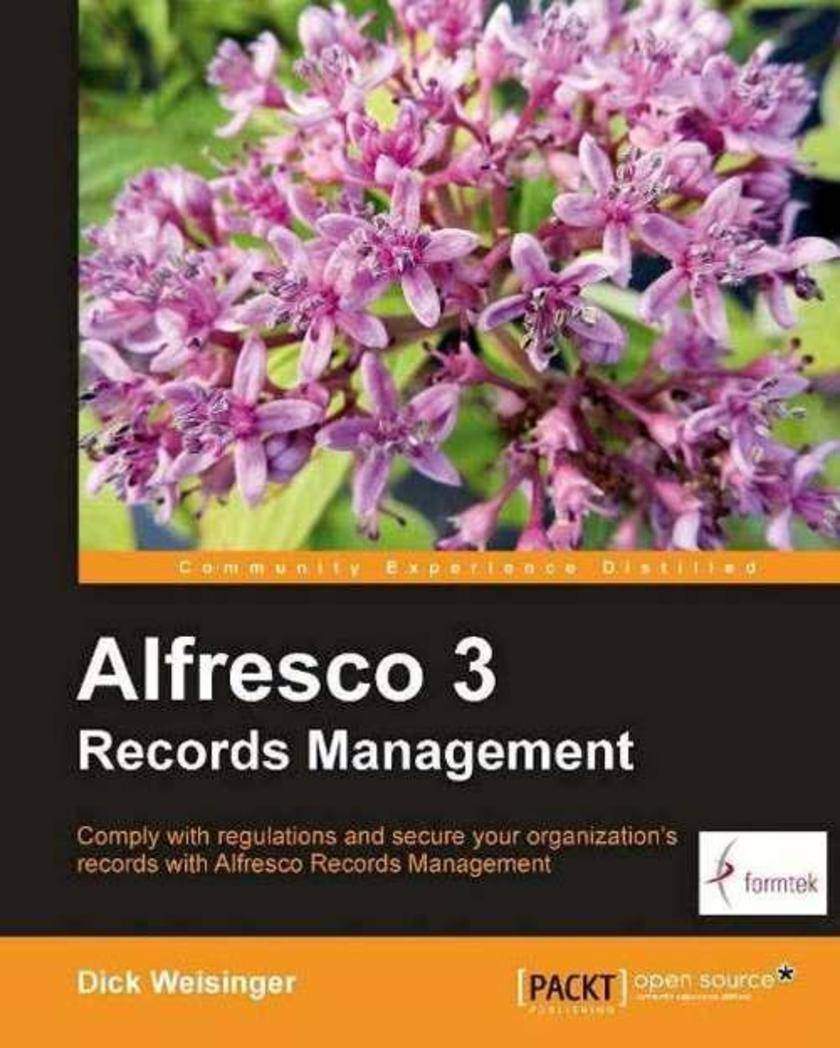
Alfresco 3 Records Management
¥116.62
This book is structured in a sequential way that walks you through the steps necessary to set up your Alfresco Records Management system. Chapters follow a logical progression with each chapter building on the knowledge and implementation details learned in earlier chapters. If you are a records manager, business analyst, or a software developer, and want to implement the Alfresco Records Management program for your organization, then this book is for you. You don't require any prior knowledge of Alfresco Share software to follow this book.

Moodle as a Curriculum and Information Management System
¥90.46
This book is a beginner's guide in which the reader is led, step-by-step, to accomplish all the tasks right from installing Moodle to transforming into a CMS. Some more advanced steps and concepts are presented but always in a manner that allows beginners to follow along and learn through experience as they experiment on their own test site. By the time you finish the book, you will have your own fully-functional curriculum and information management system. If you are a teacher or head of department in an institution and are interested in how Moodle can be used to streamline curriculum delivery and information flow in your institution, this book is for you. This book is also useful for Moodle administrators. Prior experience with Moodle is not essential for this book.
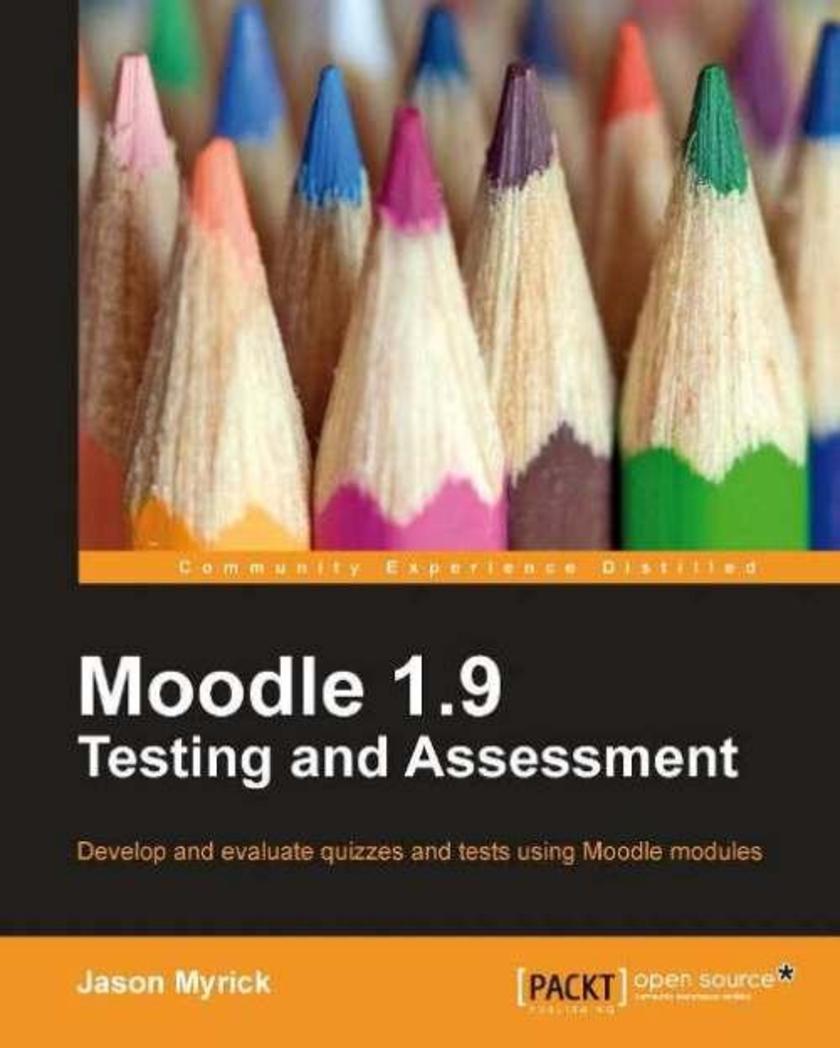
Moodle 1.9 Testing and Assessment
¥80.65
This book is an illustrative how-to guide with many screenshots and examples that helps you to create simple to complex tests and assess them using Moodle. It covers effective usage of tools available in Moodle and offers some Moodle options that you may not have tried yet. It will guide you from the basic philosophy of online testing to creating skill-based assessments in Moodle. If you are a tutor or Moodle Administrator who is responsible for developing and evaluating an online test using Moodle, then this book is for you. This book assumes that you have already successfully installed and set up a Moodle site for teaching.

Facebook Graph API Development with Flash: Beginner's Guide
¥80.65
This step-by-step book gives you an empty shell of an AS3 Facebook RIA, and guides you through writing the Facebook interaction code by means of fun examples, exercises, and code snippets.This beginner's guide focuses on getting you through all the major learning points in a smooth, logical order. You'll also see how to avoid some common pitfalls. If you are an AS3 developer who wants to create applications and games that integrate with Facebook – either on the Facebook website itself or off it, then this book is for you. Even if you have no previous experience with Facebook, databases, or server-side programming , you can count on this book.
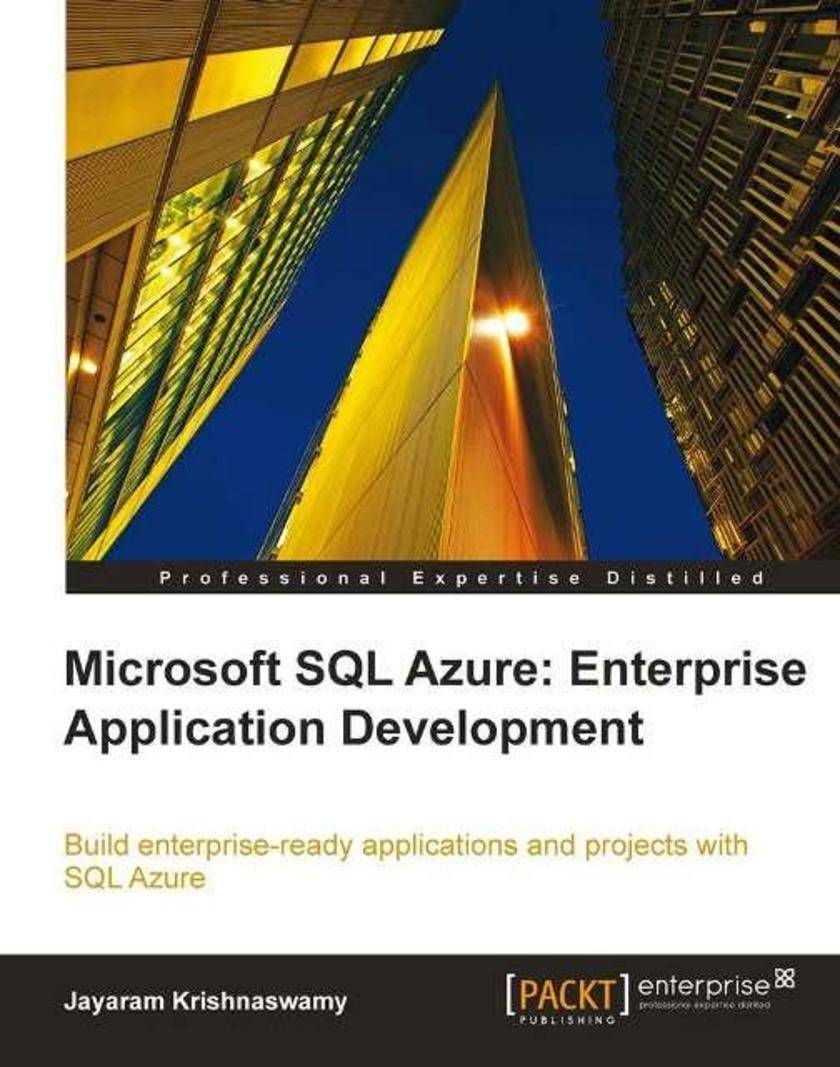
Microsoft SQL Azure: Enterprise Application Development
¥90.46
Each chapter starts with a general overview reviewing the software architecture related information or the underpinning programming concepts followed by an example of working with specific examples. This is then followed by a de*ion of the specific software used in the chapter. The topics that require you to write code are fully explained using annotations and the code is presented in both VB and C# (in most cases). If you are a .Net developer, an architect, or a DBA who wants to develop enterprise applications and projects and extend your on-site skills with SQL Azure, then this book is for you. This book does not assume experience in Windows Azure or SQL Azure, nor is a high level of competency in SQL Server or the .NET Framework and associated technology required. However, a basic understanding of Visual Studio, C#, VB, SQL Servers, XML, web and WCF is required. If you decide to work with SQL Azure, then this book will provide you with the most up to date and practical information.
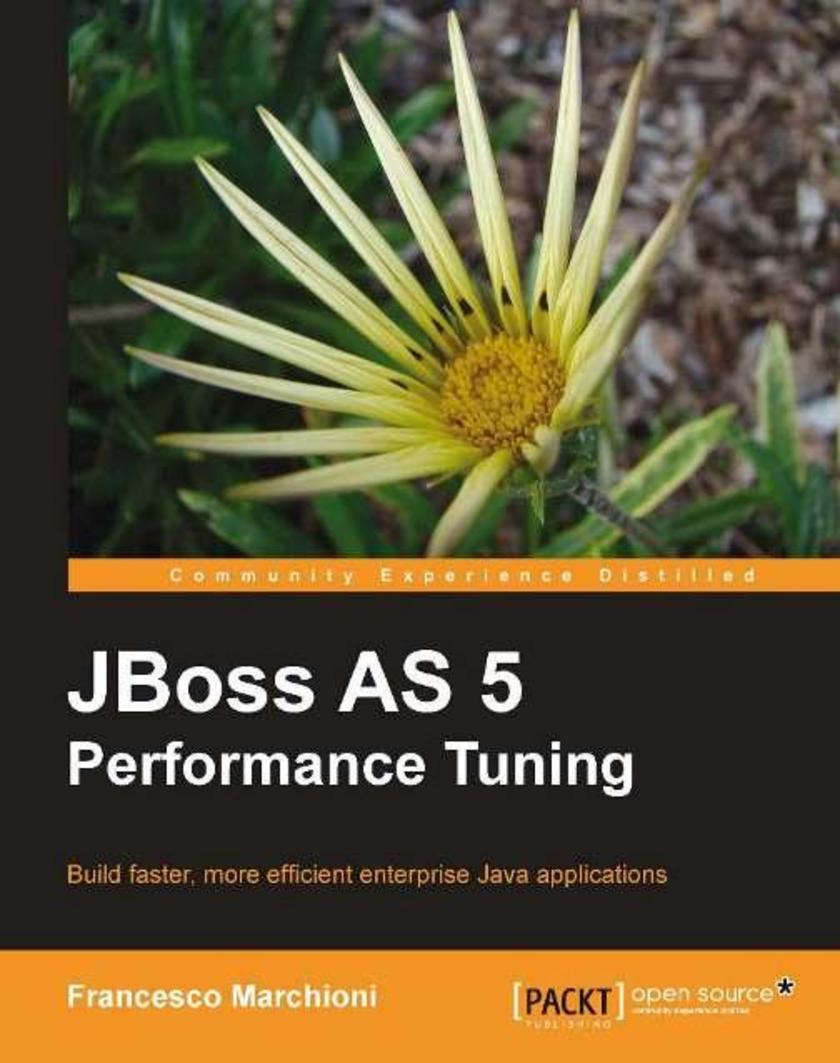
JBoss AS 5 Performance Tuning
¥80.65
Packed with practical examples, this book looks at a different aspect of performance tuning in each chapter and shows the reader how to apply them to their existing Java applications. Written to version 5.1, this book also has information about the upcoming 6.0 release and how you can upgrade your existing applications. This book is for Java architects who design and configure Enterprise applications. It is great for Java developers who want to get into the inner details of the application server and of the correct tuning methodology. Application testers will also find this book useful as they will learn how to monitor the performance of the middleware with the correct instruments.




 购物车
购物车 个人中心
个人中心



